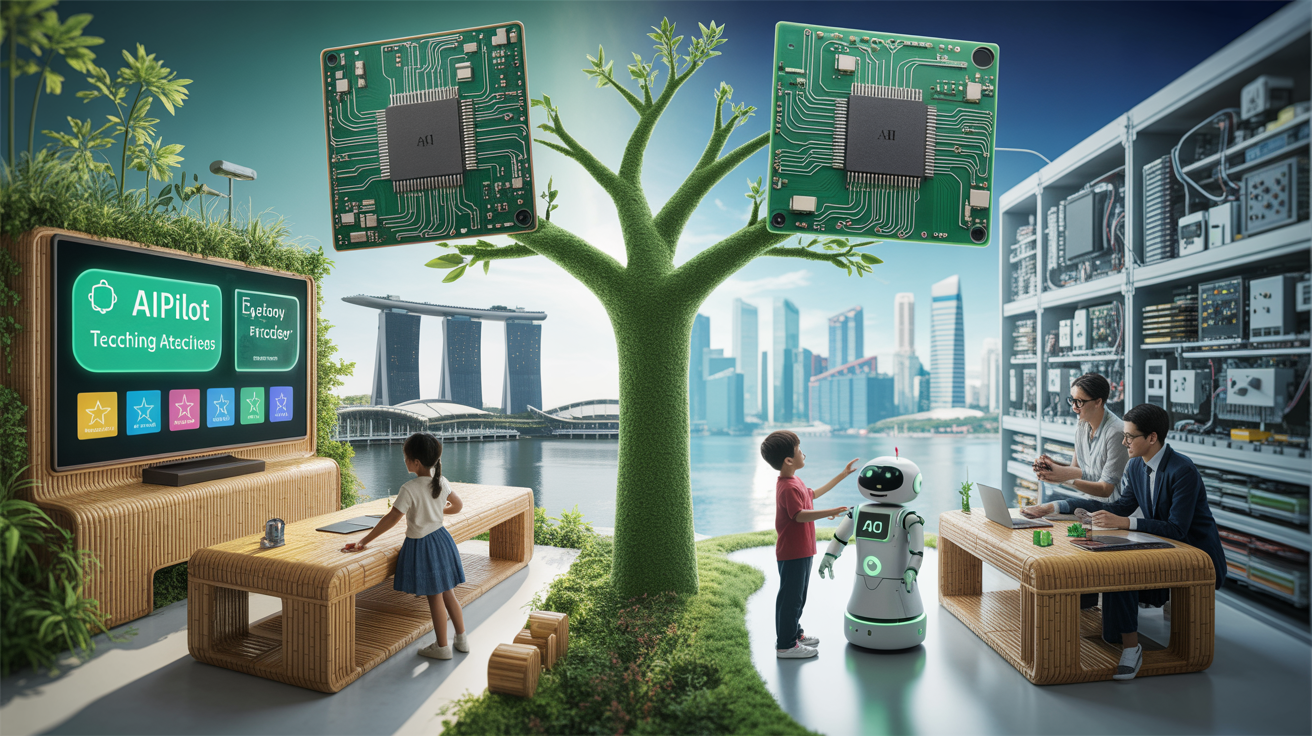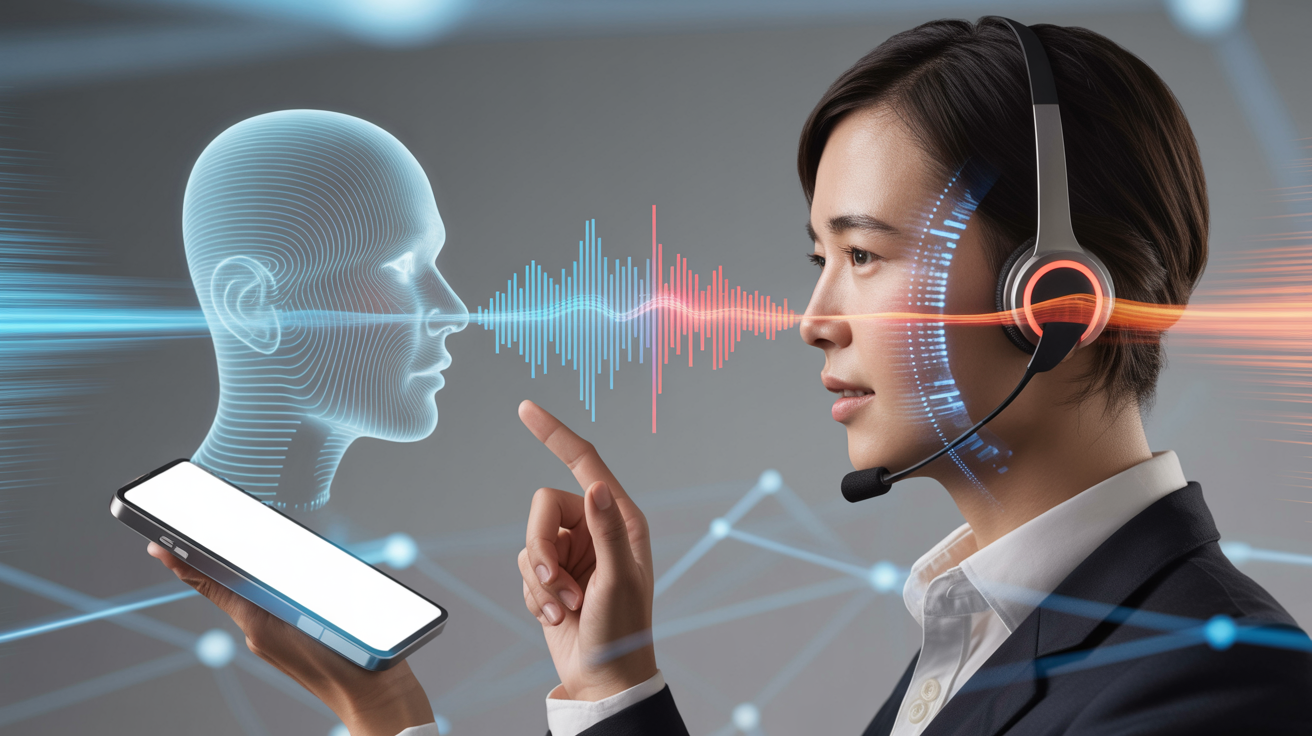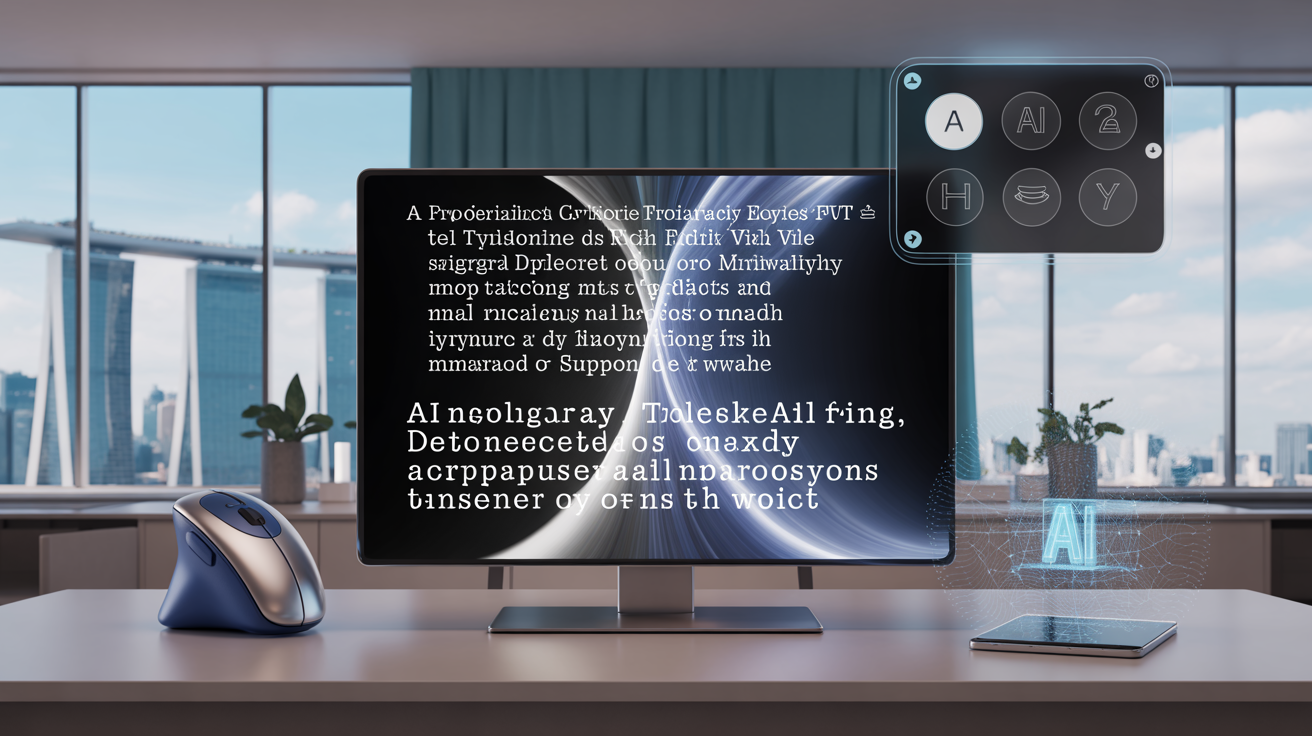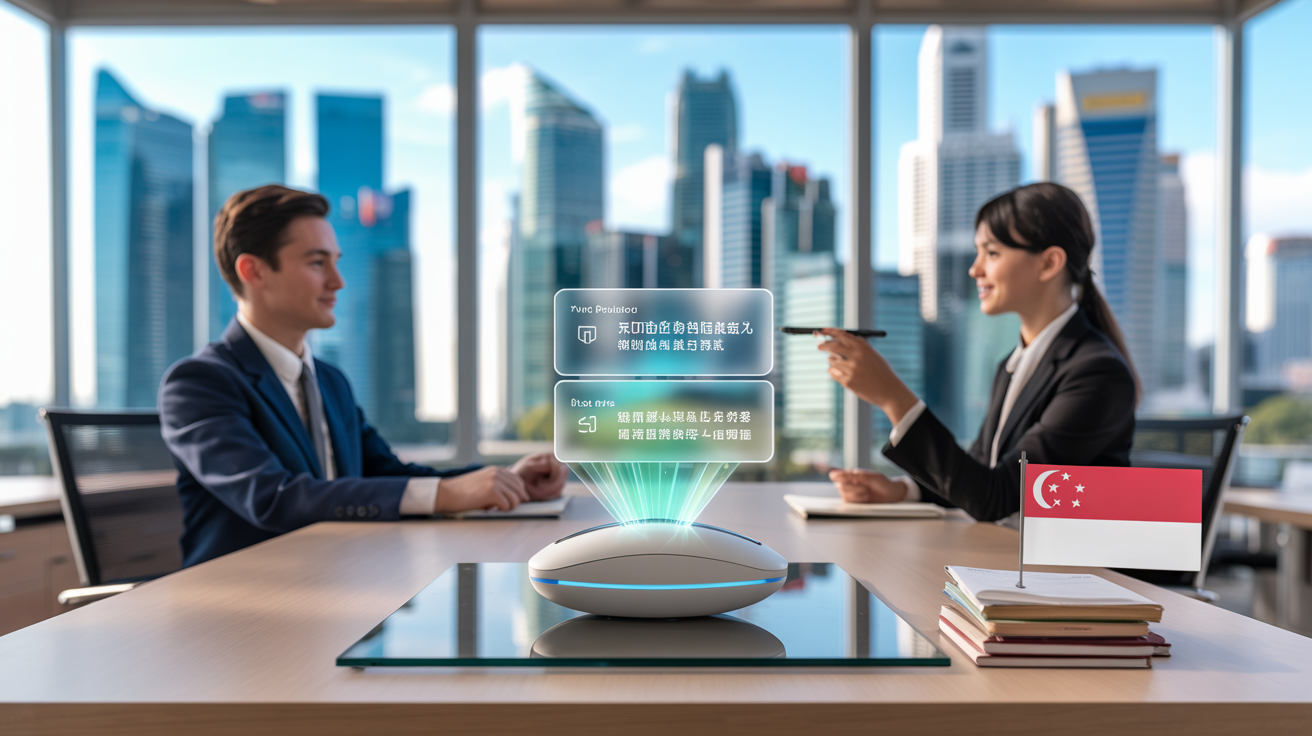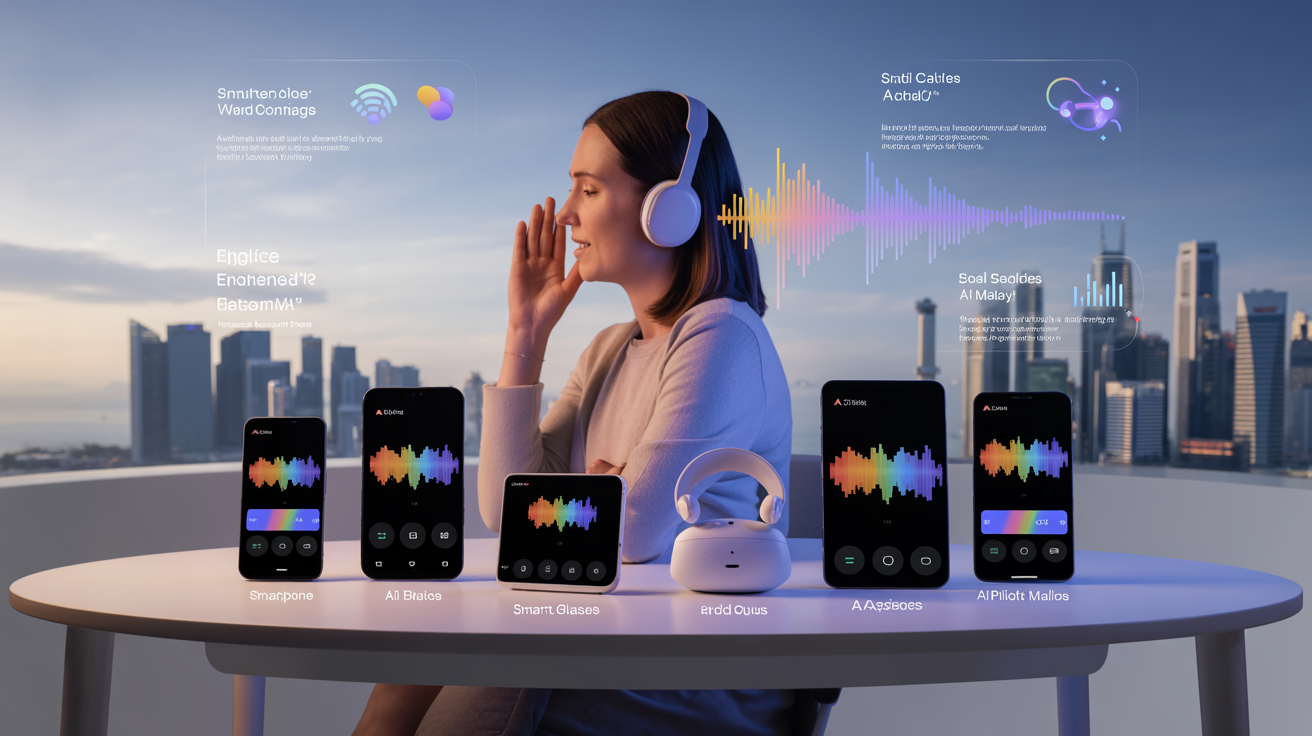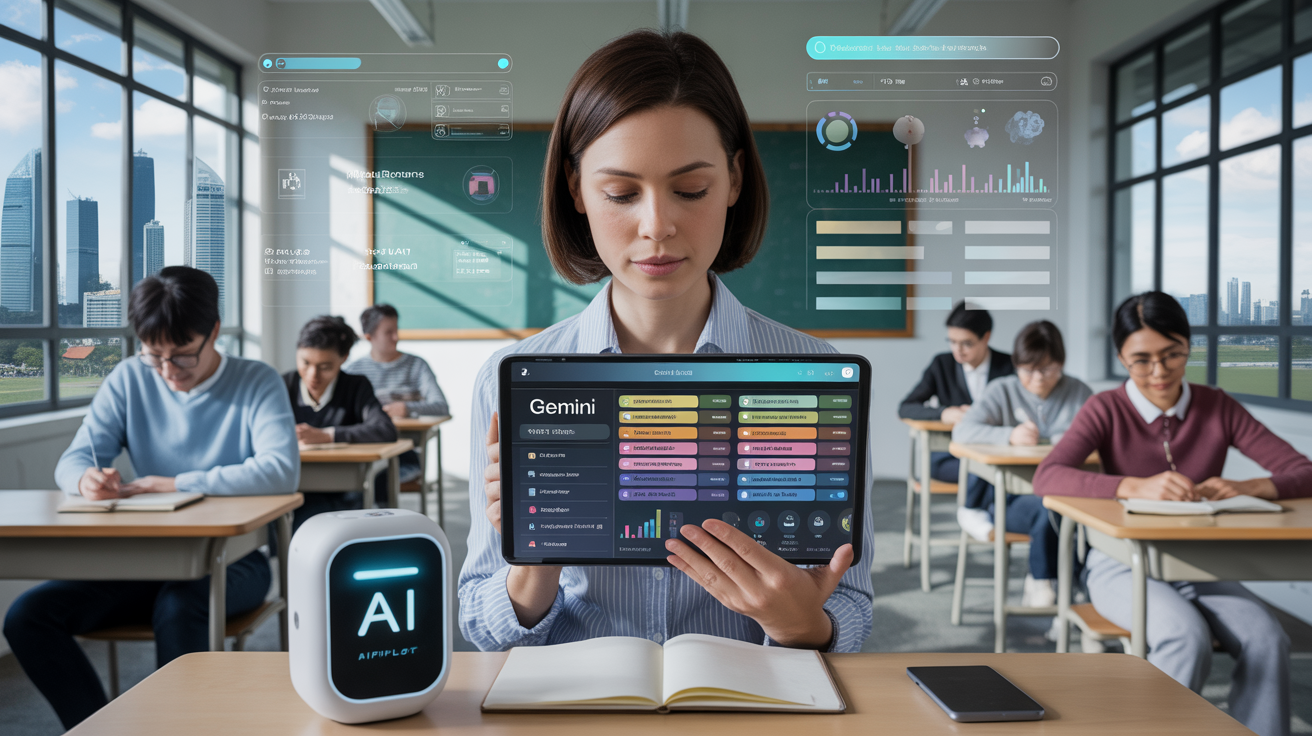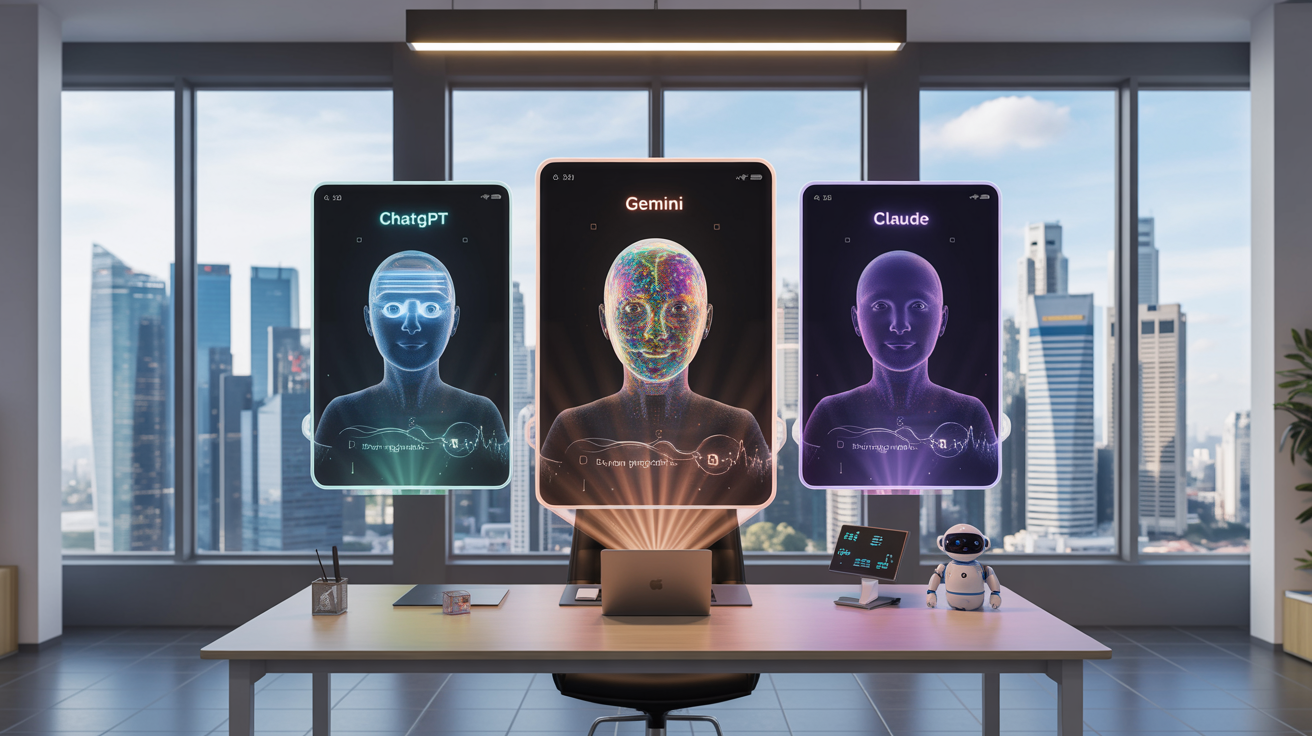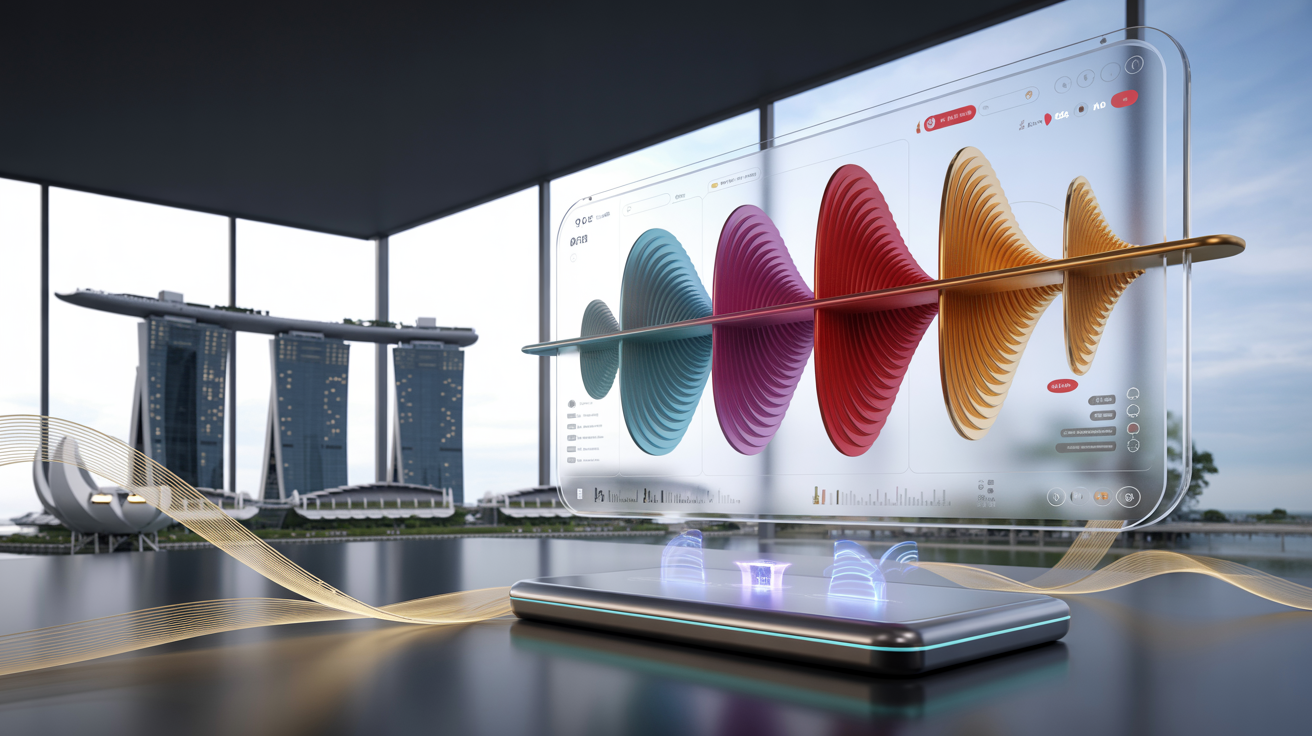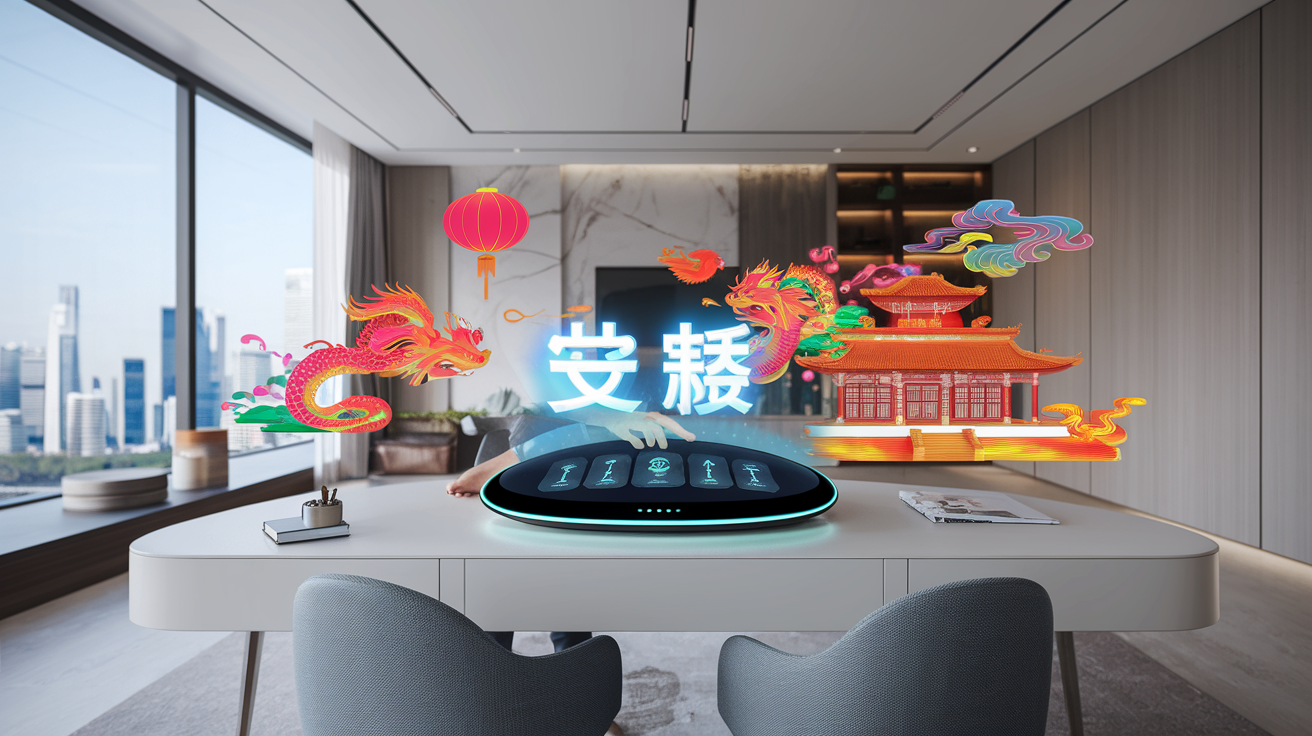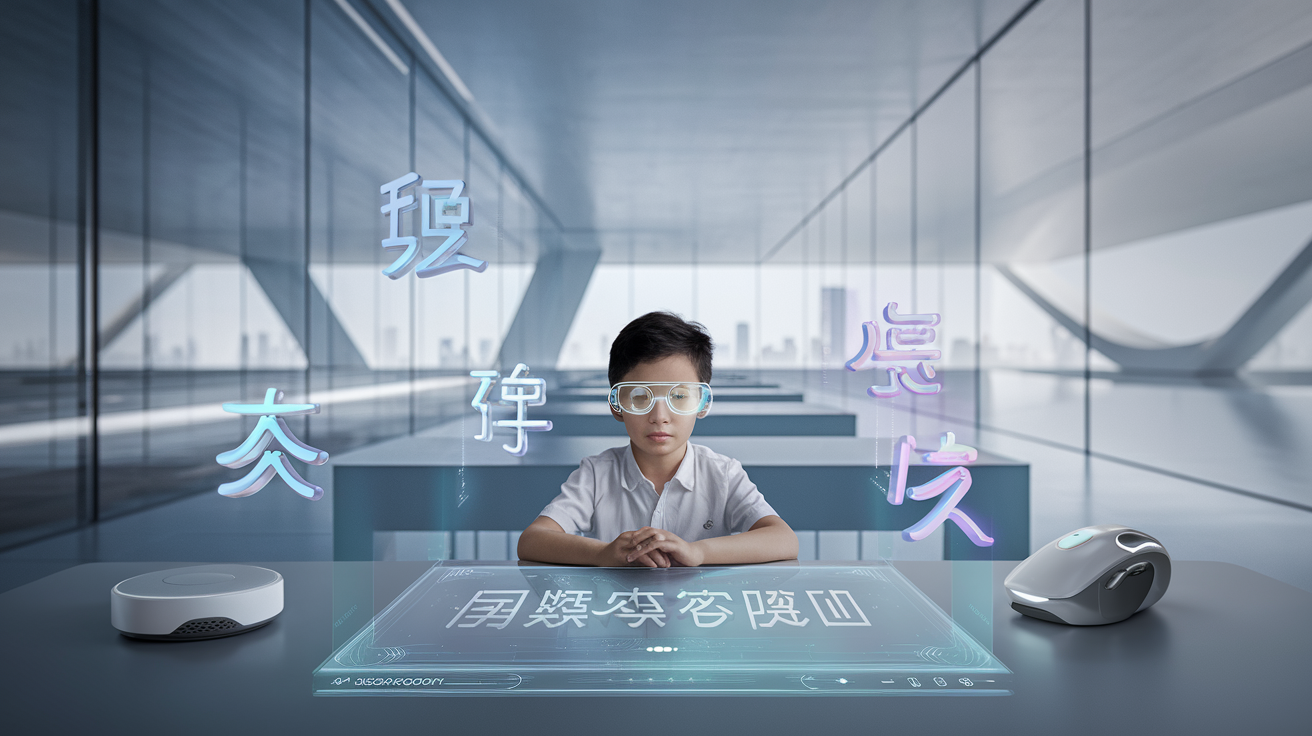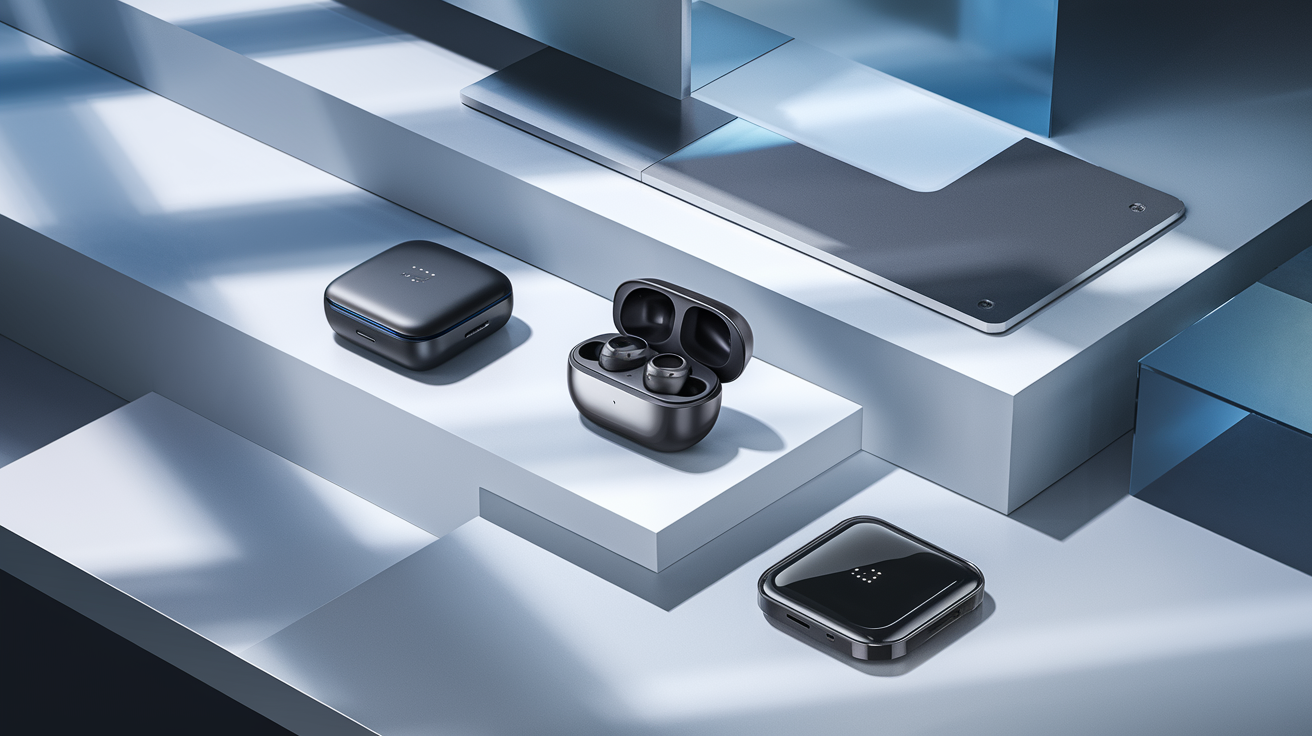
Pocket Guide: Choosing Between Earbuds, Hubs & Handheld Translators For Your Communication Needs
Posted by Aipilot on
Table Of Contents
- Introduction to Translation Technology
- Translation Earbuds: The Discreet Communicator
- Translation Hubs: Powering Group Communication
- Handheld Translators: Versatile Solo Solutions
- Head-to-Head Comparison of Translation Devices
- Real-World Use Cases: Finding Your Perfect Match
- Future Trends in Translation Technology
- Buying Guide: What to Look For
- Conclusion: Making Your Decision
Pocket Guide: Choosing Between Earbuds, Hubs & Handheld Translators For Your Communication Needs
In our increasingly globalized world, breaking down language barriers has never been more important. Whether you're navigating international business meetings, traveling abroad, or connecting with multilingual family members, translation technology has evolved dramatically in recent years. Gone are the days of thumbing through phrase books or relying solely on basic translation apps. Today's AI-powered translation devices offer near real-time communication across multiple languages, transforming how we connect across cultures.
But with so many options available—from discreet translation earbuds to powerful hub devices and convenient handheld translators—how do you determine which technology best suits your specific needs? Each solution offers distinct advantages for different communication scenarios, and making the right choice can significantly impact your experience.
This comprehensive guide will walk you through the three primary categories of modern translation devices, exploring their unique features, ideal use cases, limitations, and the critical factors to consider before making your investment. By understanding the strengths and weaknesses of each technology, you'll be equipped to select the perfect translation companion for your international communication needs.
Translation Device Comparison Guide
Find the perfect solution for your communication needs
Translation Earbuds
- Best For: One-on-one conversations, discreet use
- Battery Life: 3-5 hours
- Strengths: Natural flow, hands-free, portable
- Limitations: Struggles with background noise, not ideal for groups
Translation Hubs
- Best For: Group meetings, professional settings
- Battery Life: 8-12 hours
- Strengths: Handles multiple speakers, highest accuracy
- Limitations: Less portable, requires setup
Handheld Translators
- Best For: Travel, versatile use cases
- Battery Life: 6-12 hours
- Strengths: Easy to use, strong offline capabilities
- Limitations: Must pass device back and forth
Key Selection Factors
AI Translation Quality
The underlying AI model determines accuracy
Response Time
Lower latency creates more natural conversations
Language Coverage
Number of languages and quality per language
Offline Capability
Functions available without internet connection
Best Use Cases by Device Type
Business & Professional
Recommended: Translation Hubs (TalkiTrans) for meeting rooms and conferences
Travel & Tourism
Recommended: Handheld translators for versatility or earbuds for discretion
Education & Learning
Recommended: Specialized systems like AIPILOT's AI Teaching Assistant
Experience Next-Generation Translation
Break through language barriers with AIPILOT's advanced AI translation solutions
Infographic by AIPILOT | AI-Powered Language Solutions
Translation Earbuds: The Discreet Communicator
Translation earbuds represent the cutting edge of personal translation technology, offering a sleek, discreet solution for one-on-one conversations across language barriers. These wireless devices sit comfortably in your ears, much like standard Bluetooth earbuds, but contain powerful AI translation capabilities that can transform how you engage with speakers of different languages.
How Translation Earbuds Work
Most translation earbuds operate by connecting to your smartphone via Bluetooth and leveraging specialized apps to process audio. When someone speaks in a foreign language, the earbuds capture the audio, send it to the connected app (which may use cloud-based AI processing), translate the content, and deliver the translation directly into your ear—often in near real-time. Some advanced models even include a speaker component or companion device that automatically plays your translated response for your conversation partner.
Key Advantages of Translation Earbuds
The primary appeal of translation earbuds lies in their discretion and convenience. Unlike more visible translation tools, earbuds allow for a more natural conversational flow without the awkwardness of passing a device back and forth. They're particularly valuable for business professionals who need seamless communication in meetings, travelers engaged in everyday interactions with locals, or anyone who desires a hands-free translation experience.
Most translation earbuds support numerous languages—often 30+ in premium models—and many work offline for at least basic translation functionality. Their compact size makes them highly portable, and their familiar form factor means there's minimal learning curve for most users who already use wireless earbuds for other purposes.
Limitations to Consider
Despite their convenience, translation earbuds have some notable limitations. Battery life tends to be restricted due to their small size, typically offering 3-5 hours of active translation. They also generally perform best in quiet environments with clear speech—background noise at busy restaurants or street markets can significantly reduce accuracy. Additionally, most models struggle with group conversations where multiple people speak in rapid succession.
Translation Hubs: Powering Group Communication
Translation hubs represent a significant step up in capability for situations involving multiple speakers or more complex communication needs. These devices serve as central communication nodes that can facilitate multilingual conversations among groups—an ideal solution for team meetings, conferences, or family gatherings where several languages are spoken.
How Translation Hubs Function
Translation hubs are typically standalone devices with built-in speakers, microphones, and processing capabilities. The most advanced models, like TalkiTrans from AIPILOT, employ sophisticated AI algorithms to identify different speakers, process multiple languages simultaneously, and deliver translations with minimal delay. They often feature omnidirectional microphones to capture speech from around a table and powerful speakers that ensure translations are clearly audible to everyone present.
The TalkiTrans system specifically utilizes cutting-edge AI-powered simultaneous interpretation algorithms designed for meeting environments, ensuring that communication flows naturally even in complex multilingual settings. This technology represents a significant advancement over earlier hub devices that required turn-taking and introduced substantial delays.
Benefits of Translation Hub Systems
The primary advantage of translation hubs is their capacity to handle multi-person conversations. Unlike earbuds, which excel at one-on-one interaction, hubs can track and translate for multiple participants without confusion. Their larger batteries provide extended operation time—typically 8-12 hours—making them suitable for day-long meetings or conferences.
Many hub systems also offer advanced features like conversation recording and transcription, which creates searchable multilingual records of meetings. Additionally, premium models include excellent noise cancellation and speaker identification, ensuring accurate translations even in challenging acoustic environments.
Potential Drawbacks
While translation hubs offer powerful capabilities, they're less portable than earbuds or handheld devices due to their size and form factor. They typically require setup time and a flat surface for optimal performance. The most capable systems also tend to command premium prices, reflecting their advanced technology and specialized use cases. Finally, using hubs in public spaces like restaurants might feel conspicuous compared to more discreet solutions.
Handheld Translators: Versatile Solo Solutions
Handheld translators occupy a middle ground between the intimacy of earbuds and the group capabilities of hubs. These portable devices are specifically designed for translation functions, offering dedicated hardware that delivers reliable performance across various scenarios without requiring connection to other devices.
Handheld Translator Technology
Modern handheld translators typically feature a compact body with a screen, microphone, speaker, and sometimes a camera for text translation. They process speech either through onboard AI or via cloud connections, delivering translations both visually on screen and audibly through speakers. Many include physical buttons for easy operation and specialized microphones optimized for translation accuracy.
Some innovative devices combine translation capabilities with additional functionality. For example, AIPILOT's AI Mouse integrates voice control technology with translation features, allowing users to seamlessly convert between voice and text across languages while maintaining the familiar functionality of a computer peripheral.
Advantages of Handheld Translators
Handheld translators shine in their versatility and ease of use. They require no additional devices or complex setup, making them accessible for users of all technical skill levels. Many models offer robust offline capabilities, storing common phrases and translation data directly on the device—ideal for travelers visiting areas with limited connectivity.
Their dedicated design often results in more accurate translations compared to general-purpose smartphone apps, particularly for specialized terminology. Additionally, battery life typically exceeds that of translation earbuds, with many devices offering 8+ hours of active use. The physical interface also makes them well-suited for older users or those who prefer tangible buttons to touchscreen interactions.
Limitations to Be Aware Of
Despite their strengths, handheld translators have some inherent limitations. The most significant is the need to physically pass the device between speakers, which can disrupt conversational flow compared to more seamless solutions. They also tend to be less effective for group discussions than dedicated hub systems. While more portable than hubs, they occupy more space than earbuds and require an available hand for operation, which isn't always practical in all situations.
Head-to-Head Comparison of Translation Devices
To help you directly compare the three main translation technology categories, let's examine how they stack up across key performance metrics that matter most to users:
Translation Accuracy
Translation hubs generally offer the highest accuracy, especially in professional settings. Their superior microphones and processing power enable them to handle complex speech with greater precision. Handheld translators follow closely behind, while earbuds—though continuously improving—may struggle more with accents and background noise due to their smaller microphones and form factor constraints.
Conversation Flow
For one-on-one interactions, earbuds provide the most natural conversation experience, allowing for hands-free communication without passing devices back and forth. Hubs excel in group settings by keeping the conversation flowing among multiple participants. Handheld devices, while versatile, create the most interruption to natural conversation flow due to the need to physically exchange the device.
Language Coverage
Most premium devices across all three categories support dozens of languages for speech translation, with text translation often covering 100+ languages. However, hub systems from specialized companies like AIPILOT frequently offer the most comprehensive language support, including rarer languages and dialects. The quality of translation also tends to be more consistent across languages in higher-end hub systems.
Battery Life and Connectivity
Translation hubs lead in battery endurance, often providing a full day of translation on a single charge. Handheld translators typically offer 6-12 hours, while earbuds generally last 3-5 hours before requiring recharging. For offline functionality, most handheld translators offer robust capabilities without internet, while hubs and earbuds vary significantly in their offline performance depending on the model.
Real-World Use Cases: Finding Your Perfect Match
Understanding which translation device best suits specific scenarios can help clarify your decision. Here's how each technology type performs in common use cases:
International Business Meetings
For professional settings involving multiple participants, translation hubs like TalkiTrans are the clear leaders. They facilitate smooth multilingual discussion without disrupting the natural flow of conversation, enable equal participation regardless of language spoken, and often provide valuable features like meeting transcription and recording. Their professional appearance also enhances credibility in formal business environments.
Travel and Tourism
When exploring foreign countries, both earbuds and handheld translators offer compelling advantages. Earbuds provide discrete assistance for ongoing conversations with locals, such as negotiating at markets or chatting with guides. Handheld devices excel for quick, transactional interactions like ordering food, asking directions, or reading signs (especially models with camera translation). The ideal solution often depends on your travel style and the nature of interactions you anticipate.
Educational Environments
In classroom settings where language learning or international collaboration occurs, specialized educational solutions like AIPILOT's AI Teaching Assistant provide tailored functionality. These systems can facilitate not just translation but also learning reinforcement, pronunciation guidance, and educational feedback. For younger learners, solutions like TalkiCardo Smart AI Chat Cards combine translation with age-appropriate interfaces and safety features.
Family Communication
For multilingual families, especially those connecting across generations where some members may speak ancestral languages while others speak only the local language, handheld translators often provide the best balance of accessibility and functionality. Their intuitive interfaces work well for users of all ages, and the ability to see text on screen while hearing audio translation proves particularly helpful for older family members.
Future Trends in Translation Technology
As you consider your translation technology investment, it's worth understanding how this field continues to evolve. Several emerging trends are reshaping the capabilities and applications of translation devices:
AI Model Advancement
Large language models are dramatically improving translation quality, especially for contextual understanding, idioms, and culturally specific expressions. This technology enables more natural-sounding translations that capture not just words but meaning and intent. Companies specializing in AI innovations, like AIPILOT, are at the forefront of integrating these advances into their translation products.
Multimodal Translation
The next generation of translation devices will increasingly handle multiple input and output modes simultaneously—translating spoken language, written text, and even gestures or expressions bidirectionally. This capability will further streamline cross-language communication by addressing all dimensions of human interaction beyond just words.
Device Convergence and Integration
We're already seeing translation functionality being embedded into other everyday devices, exemplified by AIPILOT's integration of translation capabilities into a computer mouse. This trend toward convergence will likely continue, with translation features appearing in smart glasses, watches, phones, and even household appliances—making translation increasingly ambient and available when needed without dedicated devices.
Buying Guide: What to Look For
When evaluating translation devices, consider these critical factors to ensure you select a solution that meets your specific requirements:
AI Translation Engine Quality
The underlying AI technology powering the device largely determines translation quality. Research which AI models and technologies the device uses—companies with specialized focus on language AI, like AIPILOT, often deliver superior performance compared to general consumer electronics brands. Look for devices that regularly update their translation models to incorporate the latest advancements.
Language Pair Coverage
Beyond the raw number of languages supported, examine the quality of translation for your specific language pairs of interest. Some devices may support dozens of languages but offer truly fluent translation only for major language pairs. Reviews from native speakers of your target languages can provide valuable insight into real-world performance.
Offline Capabilities
Assess what functionality remains available without internet connectivity. This feature is particularly crucial for travel to areas with limited or expensive data access. Some devices offer full offline translation for selected languages, while others may provide only basic phrase translation or become entirely non-functional without connectivity.
Additional Features
Consider what extra capabilities might add value for your use cases. These might include conversation recording and transcription, image translation for signs and menus, voice recognition for multiple speakers, or specialized vocabulary for domains like healthcare, legal, or technical fields. Premium devices often include additional software features that extend their utility beyond basic translation.
Conclusion: Making Your Decision
Selecting the right translation technology ultimately depends on understanding your specific communication needs and priorities. Each category of device offers distinct advantages for different scenarios:
Translation earbuds provide the most natural one-on-one conversation experience and maximum discretion, making them ideal for travelers and international professionals who value hands-free operation and conversational fluidity.
Translation hubs excel in group settings where multiple participants need to communicate across language barriers, delivering superior performance for business meetings, conferences, and multilingual team collaboration.
Handheld translators offer exceptional versatility and accessibility, with straightforward operation suitable for users of all technical abilities and robust features that work well across diverse scenarios.
For many users, the ideal solution may involve combining multiple technologies to address different communication needs. A business professional might use a translation hub like TalkiTrans for meetings while carrying translation earbuds for one-on-one conversations during business travel.
As translation technology continues to advance, we're moving closer to truly seamless cross-language communication. By selecting the right tools for your specific needs today, you can already experience remarkable freedom from language barriers that would have seemed impossible just a few years ago.
Final Thoughts
The evolution of AI-powered translation devices has fundamentally transformed how we navigate language differences in our increasingly connected world. Whether you choose the intimacy of translation earbuds, the collaborative power of translation hubs, or the versatility of handheld translators, today's technology offers unprecedented possibilities for cross-cultural communication.
By carefully matching your translation tool to your communication needs, you can experience more authentic connections, more productive collaborations, and more immersive travel experiences—regardless of language barriers. The right translation device doesn't just translate words; it opens doors to deeper understanding and more meaningful human connection across cultures.
Experience Next-Generation Translation Technology
Ready to break through language barriers with AI-powered translation solutions? AIPILOT offers cutting-edge translation technologies designed for every communication need—from the innovative TalkiTrans meeting translation system to versatile AI tools that transform how we communicate across languages.
Explore AIPILOT's complete range of AI translation solutions →






